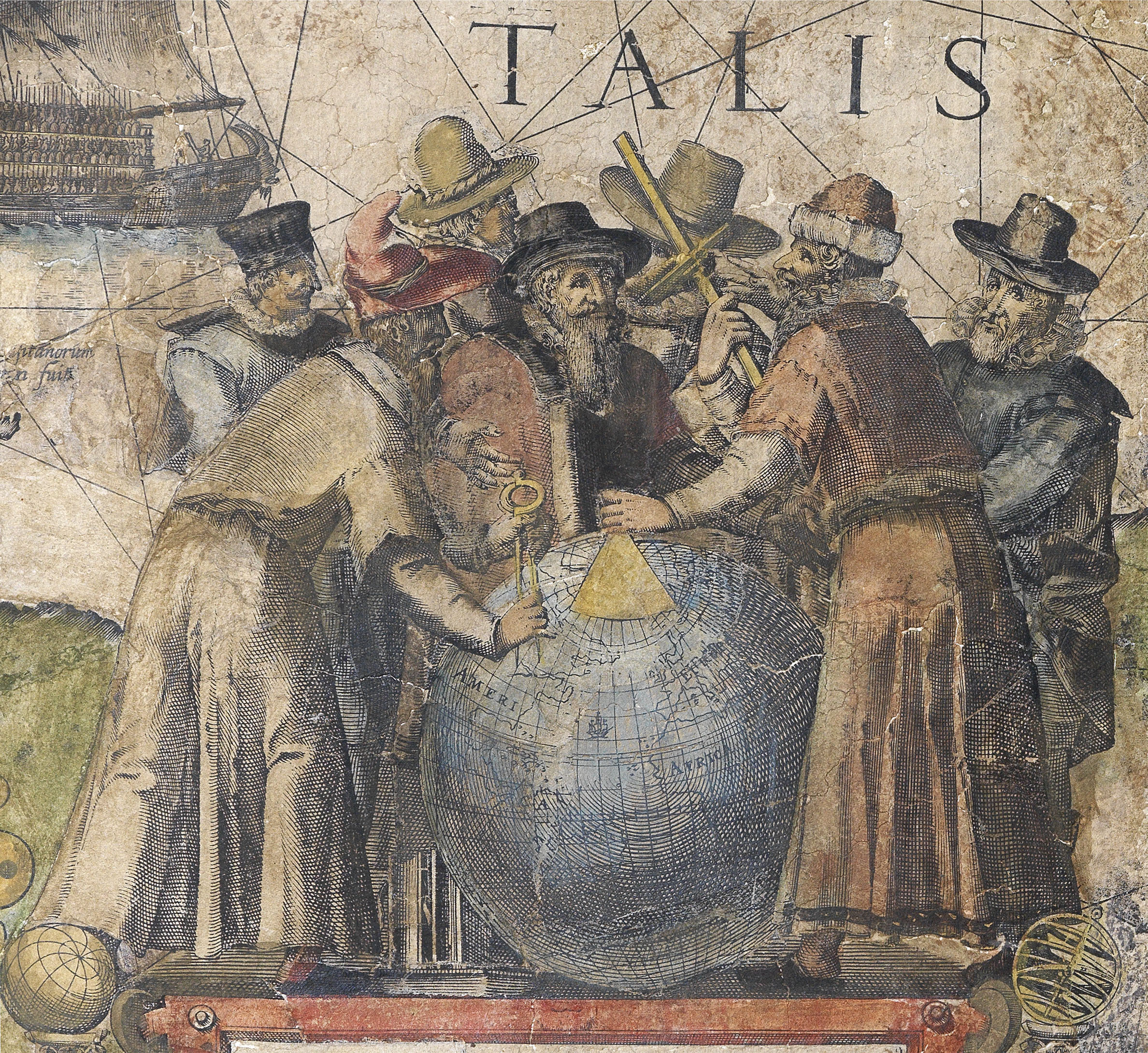Robert Sayer
(c1725 - 1794)

Robert Sayer was a leading London print- and mapseller, mapmaker and publisher, active from 1748 to about 1792. He was apprenticed in the Stationers’ Company, belatedly made free by redemption on 6th September 1748. In January 1747, his elder brother James had married Mary Overton, widow of the print- and mapseller and publisher Philip Overton. It seems likely his freedom coincided with his joining Mary Overton; by 20th December 1748, he had taken over the firm and continued to run it until his health broke down in about 1792.
The Overton business was principally in good quality decorative prints, caricatures, portraits and imported prints, with a few maps. To the existing stock, in a few years, Sayer added items acquired from the stock of John Senex, Henry Overton (II) and John Rocque and, with William Herbert, from George Willdey.
This gave him a substantial stock to which he added selectively, at first working in partnership with other publishers, notably Thomas Bowles (II) and John Bowles but also William Herbert.
The turning point for Sayer as a map-publisher was in 1768, when he entered into partnership with the established but struggling Thomas Jefferys, to stave off bankruptcy; when the partnership ended, Sayer retained some of Jefferys more valuable materials, particularly relating to the British Colonies in America. When the Revolutionary War broke out, Sayer was well-placed to respond to the upsurge in demand for maps: in quick succession he published The American Atlas: or, a Geographical Description of the Whole Continent of America (1775), The North-American Pilot for Newfoundland, Labradore, the Gulf and River St. Lawrence (1775), The West-India Atlas: or, a Compendious Description of the West-Indies (1775) and The North-American Pilot for New England, New York, Pensilvania, Maryland, and Virginia; also, the two Carolinas, and Florida (1776).
In 1774 Sayer took a former apprentice, John Bennett on as a partner, on generous terms, and Bennett brought renewed vigour to the firm, perhaps responsible for the firm’s increasing output of charts; unfortunately, from about 1781 Bennett displayed increasing mental problems and Sayer was forced to end the partnership around 1785.
The Revolutionary War was a time of financial success for Sayer, and he became very wealthy; however, by about 1790 he was suffering from ill-health; in about 1792 he took on Robert Laurie and James Whittle as junior partners and sold them the business, again on favourable terms, with them taking control on 12th May 1794, after Sayer’s death.
 地图
地图  地图集
地图集  珍本
珍本  版画
版画  天文仪器
天文仪器 






